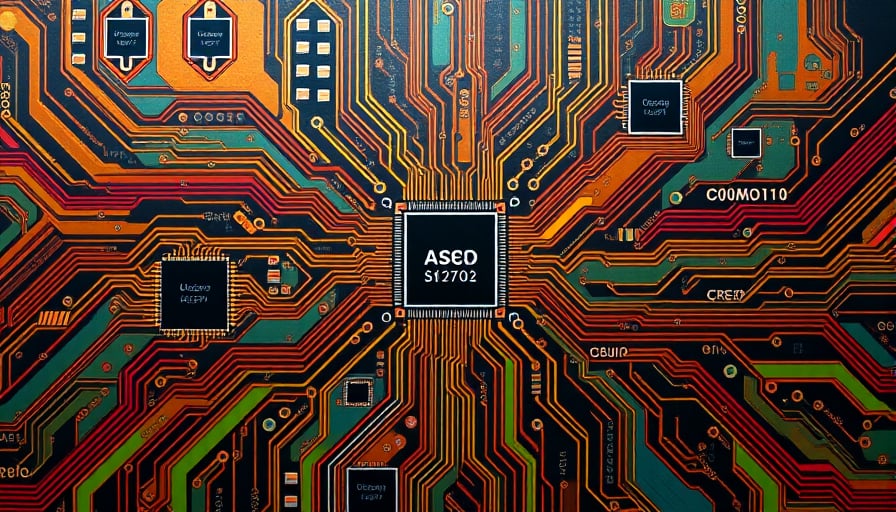Navitas Semiconductor Corp, a prominent player in the Information Technology sector, has recently come under scrutiny due to its financial performance and market positioning. As a U.S.-based company headquartered in El Segundo, California, Navitas specializes in the manufacturing of semiconductor devices, with a particular focus on ultra-efficient gallium nitride (GaN) semiconductors. These semiconductors are pivotal in a range of applications, including analog and mixed-signal, wide-band gap materials, machine learning, quantum computing, and wireless devices. Despite its innovative technology and global customer base, Navitas faces significant challenges that are reflected in its financial metrics.
As of November 24, 2025, Navitas Semiconductor Corp’s stock closed at $8.03, a stark contrast to its 52-week high of $17.79 recorded on October 19, 2025. This decline highlights the volatility and investor skepticism surrounding the company. The 52-week low of $1.52, observed on April 3, 2025, further underscores the financial turbulence experienced by Navitas over the past year. With a market capitalization of $1.9 billion, the company’s valuation has been under pressure, raising questions about its long-term sustainability and growth prospects.
One of the most glaring indicators of Navitas’s financial distress is its price-to-earnings (P/E) ratio of -12.88. This negative P/E ratio is a red flag for investors, signaling that the company is not currently generating profits. The negative earnings per share (EPS) suggest that Navitas is grappling with substantial operational challenges, which could be attributed to various factors, including increased competition, high research and development costs, and potential inefficiencies in its manufacturing processes.
Despite these financial woes, Navitas continues to invest heavily in cutting-edge technologies. The company’s focus on gallium nitride (GaN) semiconductors positions it at the forefront of innovation in the semiconductor industry. GaN technology is renowned for its efficiency and performance, particularly in high-power and high-frequency applications. Navitas’s commitment to advancing this technology is evident in its diverse product offerings, which cater to sectors such as machine learning, quantum computing, and wireless communication.
However, the company’s ambitious technological pursuits come at a cost. The high expenses associated with research and development, coupled with the competitive nature of the semiconductor industry, have placed significant strain on Navitas’s financial health. Investors are left to ponder whether the company’s innovative edge can translate into profitability and whether its current financial strategy is sustainable in the long run.
Navitas Semiconductor Corp’s journey is a testament to the challenges faced by companies operating in the rapidly evolving semiconductor sector. While its technological advancements hold promise, the company must navigate the complex landscape of financial management and market competition to secure its position as a leader in the industry. As Navitas continues to push the boundaries of semiconductor technology, the question remains: can it overcome its financial hurdles and deliver on its potential, or will it succumb to the pressures of an unforgiving market? Only time will tell.




